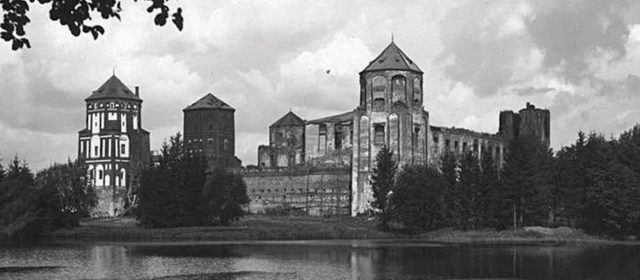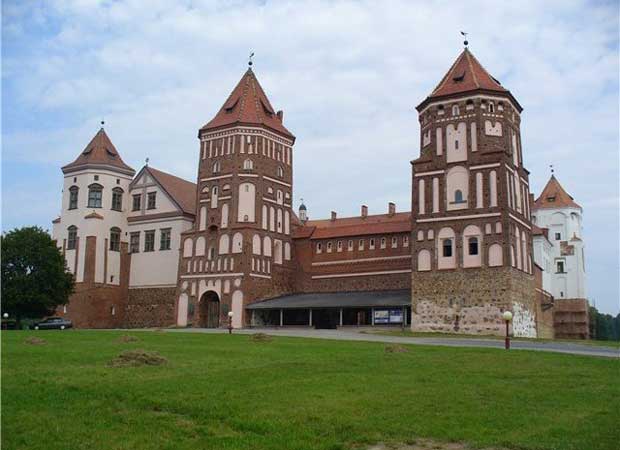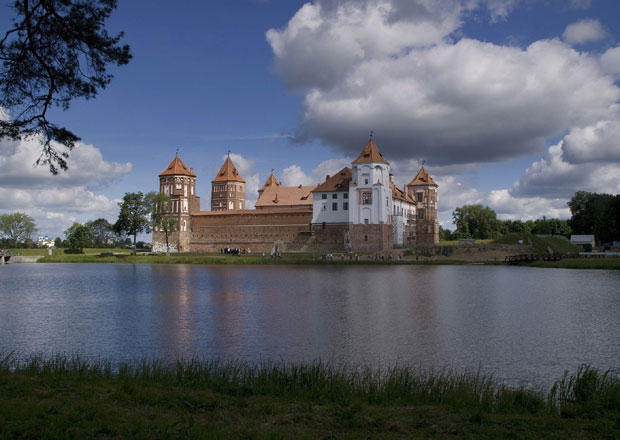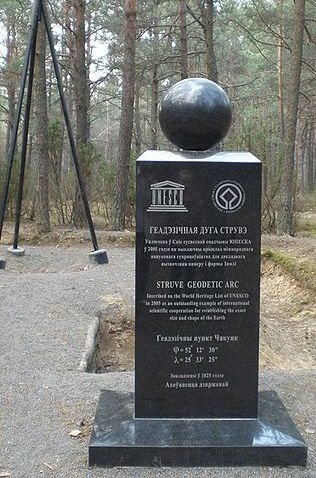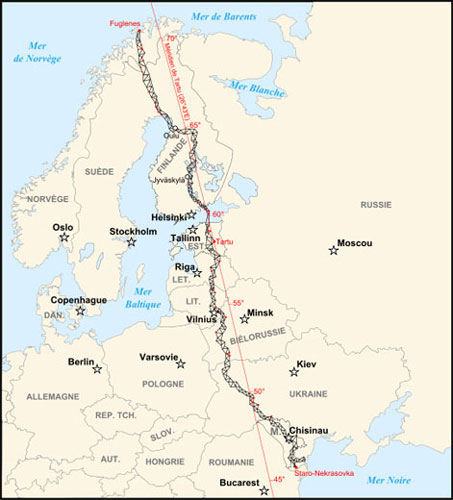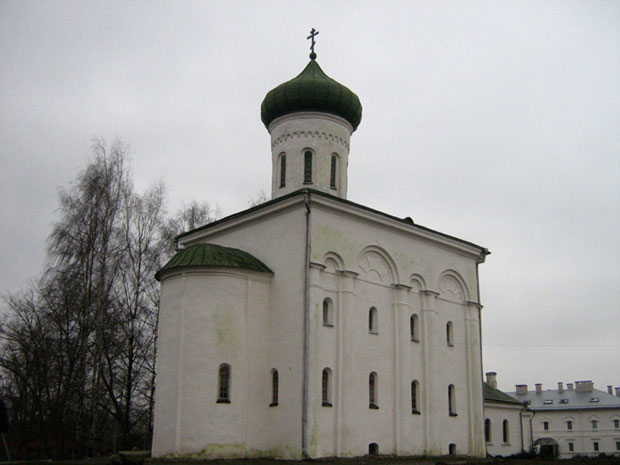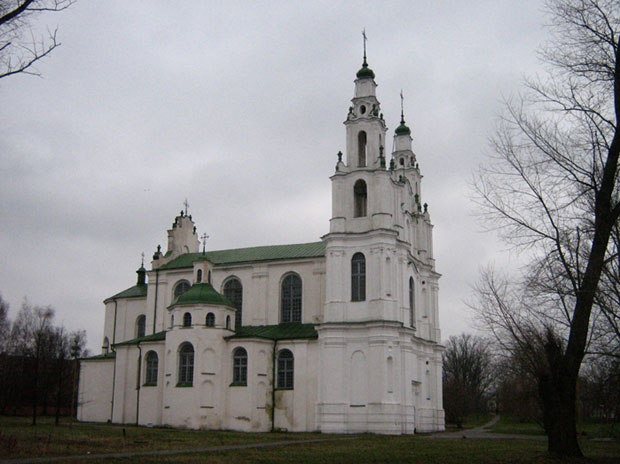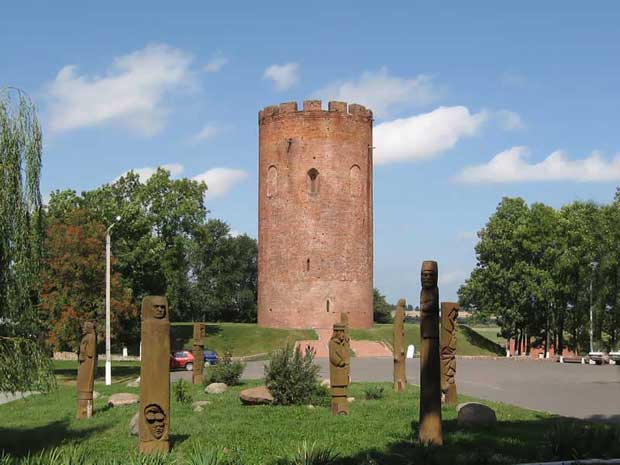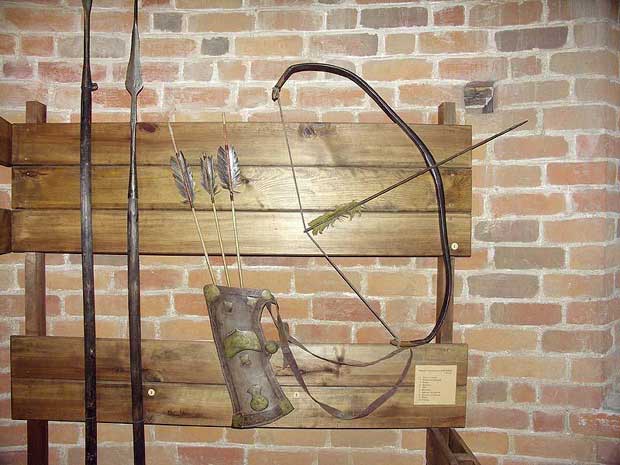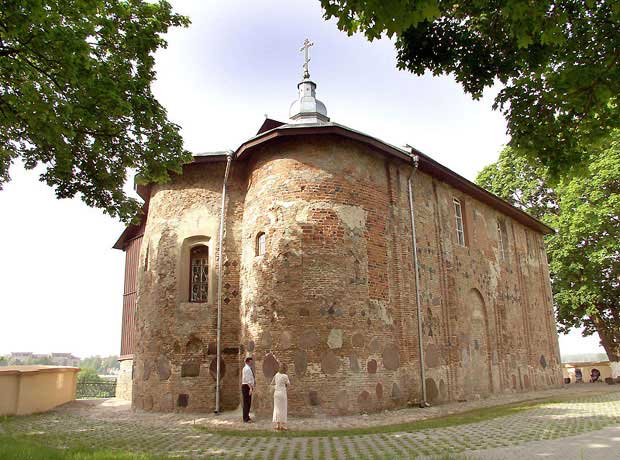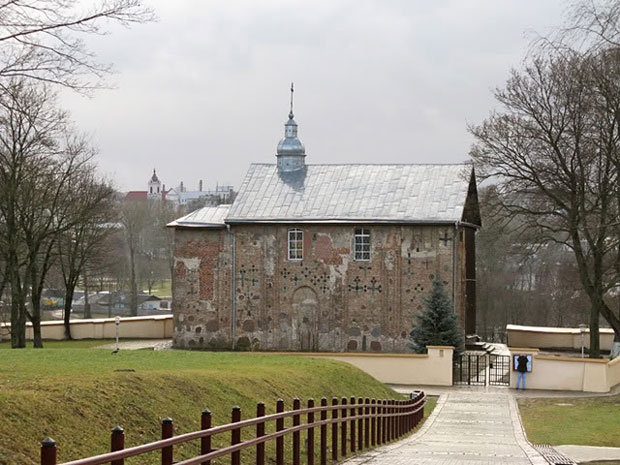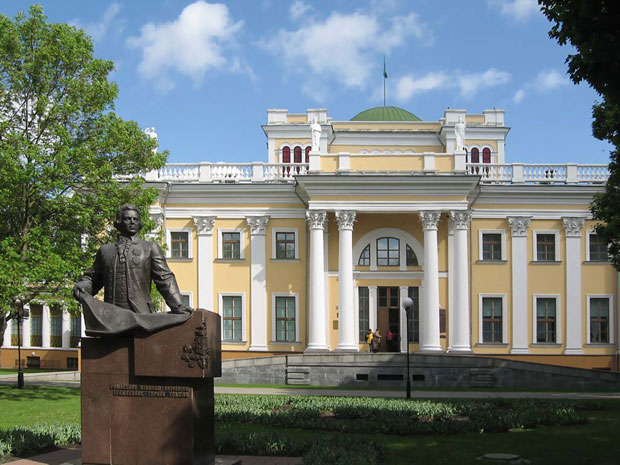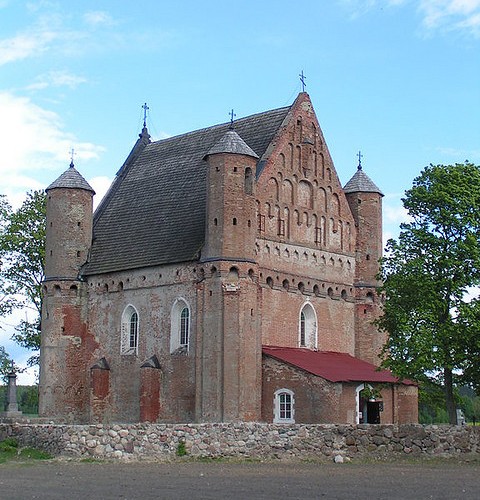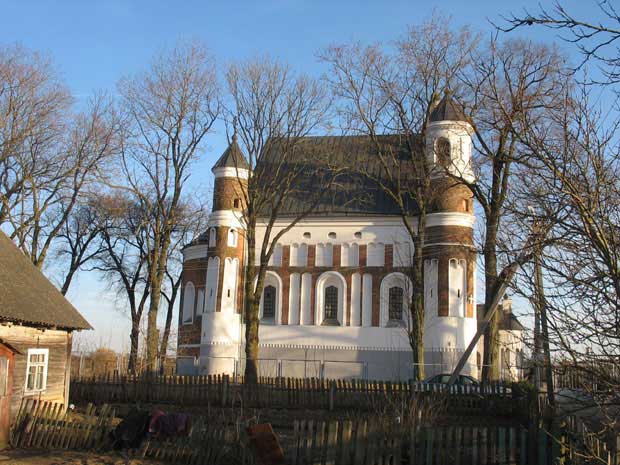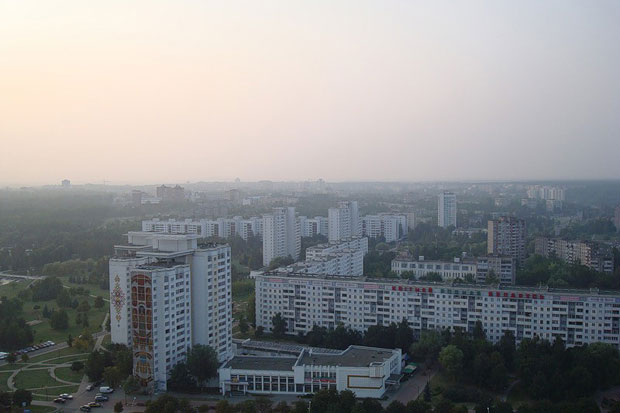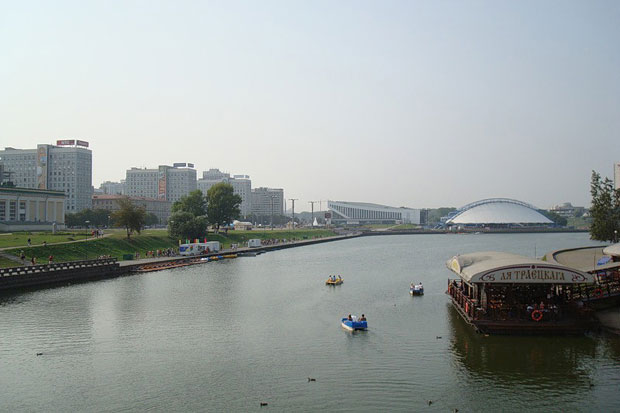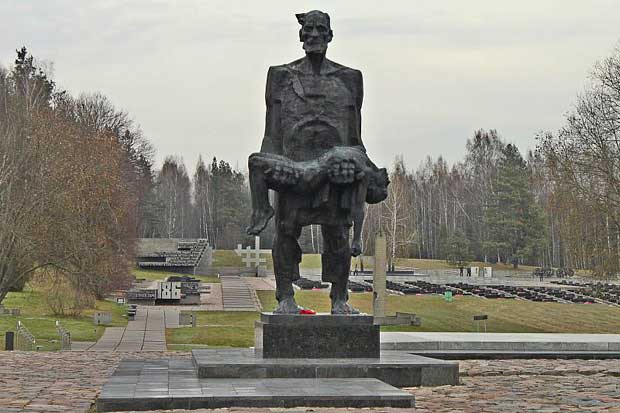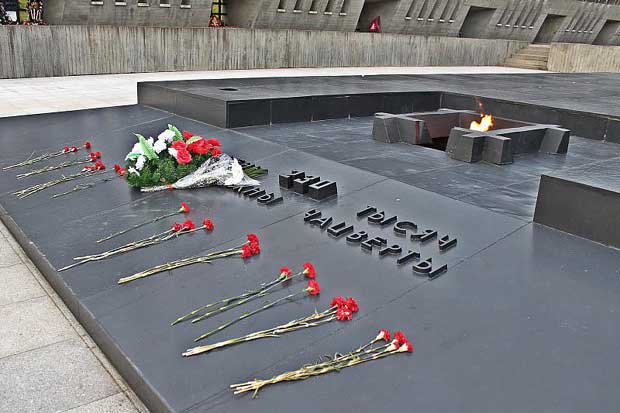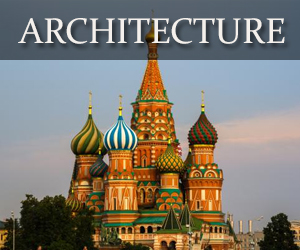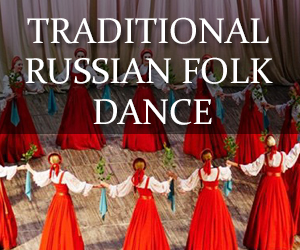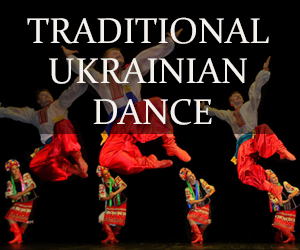Searching for Belarus historical sites? Simply choose one of the following categories below to start exploring Belarus’s rich history.
- World Heritage Sites in Belarus
- Other Belarus Historical Sites
- War & Military History: war memorials, Hero Cities, battlefields
See also: Historical sites in Russia and Ukraine
World Heritage Cultural Sites
- Mir Castle Complex (2000)
- A grand central European castle dating back to the 16th century, the Mir castle can be found in the Karelichy District of the Grodno Oblast.
- A unique characteristic of the castle is its blend of three distinct styles. It started out in the Gothic architecture, but also gained elements of Baroque and Renaissance styles thanks to subsequent reconstructions and extensions.
- Radziwill Family Cultural Complex, Nesvizh (2005)
- Located in central Belarus, the Nesvizh Castle was built in the 16th century by the Radziwill family, one of the most powerful clans of the Grand Duchy of Lithuania.
- The complex consists of the mausoleum Church of Corpus Christi and a residential palace comprising of ten interconnected buildings surrounded by a six-sided courtyard. These structures are of significant importance since they became important prototypes in the development of architecture in Russia and Central Europe.
- Struve Geodetic Arc (2005)
- A chain of survey triangulations stretching from Hammerfest in Norway to the Black Sea, through 10 countries and over 2,820 km (1,752 miles).
- The 1816 to 1855 survey by von Struve sought to establish the exact size and shape of the earth.
Other Belarus Historical Sites
- Savior Transfiguration Church & St. Sophia Cathedral, Polotsk
- Located in Polatsk, Vitebsk Oblast, stands several tributes to ancient Russian architecture.
- The Saviour Transfiguration Church was built between 1152 and 1161 in the the Polotsk school of architecture.
- The St. Sophia Cathedral was originally built between 1044 and 1066, but due to fire (1447) and a gun-powder explosion (1710), it was rebuilt in the Vilna Baroque style from 1738 to 1750.
- Kamyanets Tower
-
- Situated in Kamyanets, Brest Oblast, stands a defensive fortress built in the years 1271 to 1289. Often referred to as “White Fortress” (although it is built of red bricks), the tower now houses a branch of the Brest regional museum.
-
- Saints Boris and Gleb (Kalozha) Church, Grodno
- Found in the present day city of Grodno, the Saints Boris and Gleb Church dates back to the 1180s when it was in the territory of the former Kalozha settlement.
- The Kalozha Church is significant since it is the last remaining example Black Ruthenia (Black Rus) architecture. (Black Ruthenia was a Slavic region in the far west, bordering the original Duchy of Lithuania)
- Palace and Park Ensemble, Gomel
-
- Located in the city of Gomel, the Palace and Park Ensemble or Rumyantsev-Paskevich Palace (1777-1796), is a monument to 18th and 19th century Neoclassical architecture.
- Built on the bank of the Sozh River, the ensemble includes a palace, park, chapel, and Saints Peter & Paul Cathedral (1809-1819).
-
- Church-Fortresses, Synkavichy, Muravanka
- Two small Belarusian towns in Grodno Oblast are home to early to middle 16th century church-fortresses.
- Both excellent examples of defense architecture, the Church of St. Michael in Synkavichy features Gothic elements, while the Church of Nativity of Virgin Mary in Muravanka displays Gothic and Romanesque styles.
- Architectural Ensemble of Francysk Scaryna Ave, Minsk
- The heavy damage to Minsk during World War II created an opportunity to experiment with an integrated approach to city planning and architecture.
- In the ensuing 15 years after the war, Soviet architects transformed Francysk Scaryna Ave (now Independence Avenue) into a harmonious environment, integrating architectural monuments, landscape, plus natural and man-made parks.
Historical War and Military Sites
- Hero Cities: Great Patriotic War (World War II)
- The title of “Hero City” was awarded to a total of 13 Soviet cities, 7 in present day Russia, 4 in Ukraine and 2 in Belarus. For more information about Hero Cities, including cities in Russia and Ukraine, follow the link.
- Belarus cities with the distinction of Hero City include..
- Brest Hero-Fortress: Earned for the stubborn resistance of roughly 7,000 Soviet frontier guards of Brest Garrison (June 22, 1941 to late July, 1941).
- Minsk: Awarded the title Hero City not only for its military resistance (June 22, 1941 to July 9, 1941), but also for the estimated 400,000 Minsk civilians who perished during Nazi occupation.
- Khatyn Memorial, Minsk Oblast
- On March 22, 1943, in the Belarusian village of Khatyn, 149 men, women and children were burnt alive in their homes by a German battalion. The incident was apparently retribution for the death of a German officer who was killed in a partisan ambush on a motorway roughly 6km away.
- Today, on the site of Khatyn village, stands a memorial to the 149 victims, to another 185 Belarusian villages that shared a similar fate, and to the entire Belarus population who paid a heavy toll during the German invasion and occupation of their homeland. One in every four citizens (2,230,000 Belarusians) lost their lives in the war.
- Visitors to Minsk can visit this poignant memorial by organizing a day trip to the countryside. For further information, visit the Khatyn Memorial website, which includes a map and driving directions from Minsk.

